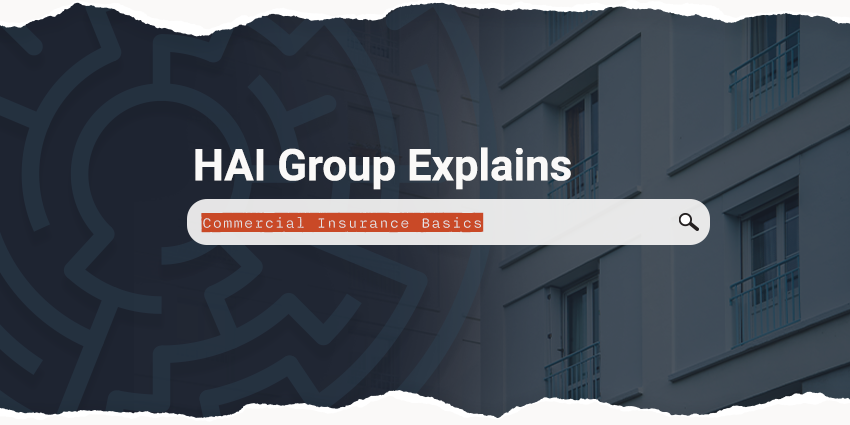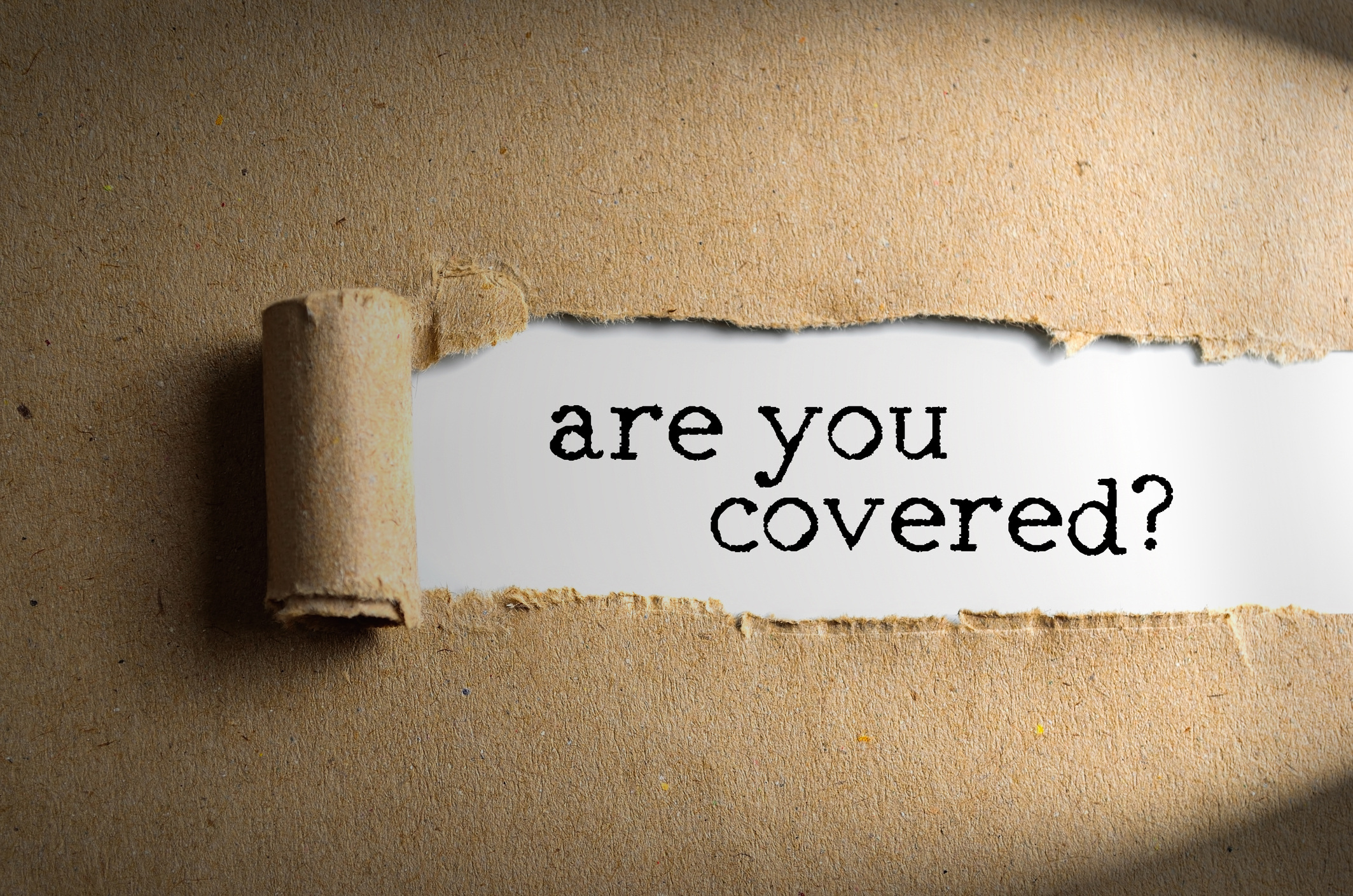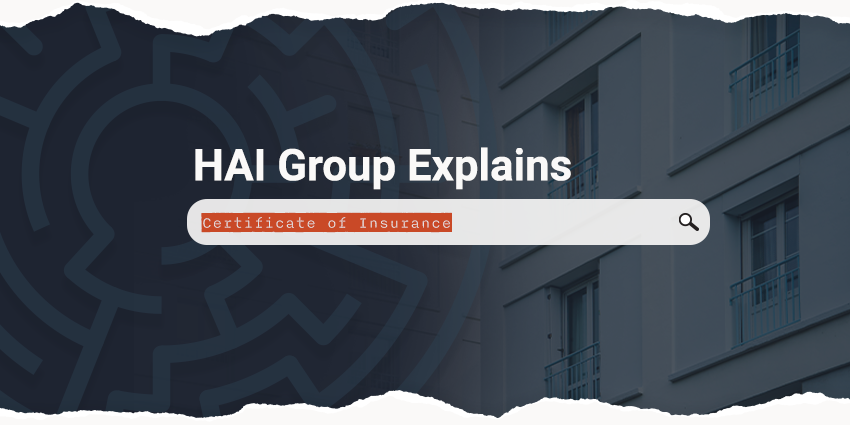Navigating the complex commercial insurance landscape can sometimes feel like deciphering hieroglyphics in a funhouse maze—confusing, daunting, and occasionally filled with unexpected twists and turns. However, for public and affordable housing providers, mastering the basics of insurance is akin to wielding a powerful shield against the whims of fate, ensuring the protection of vital assets and the continuity of essential services.
Now, let's delve into the world of commercial insurance, focusing on providing valuable insights tailored specifically for housing providers.
In the United States, insurance broadly falls into three categories: personal insurance, which safeguards personal belongings; life and health insurance, providing financial protection in times of illness or death; and commercial insurance, which shields businesses and their stakeholders from various risks.
At HAI Group, we specialize in commercial insurance, particularly property and liability insurance, with a unique focus on serving the public and affordable housing industry. Property insurance protects your business assets, including buildings, business personal property like computer equipment, and financial losses such as rental income in case of property damage, like a fire.
In the unfortunate event that you or your employees cause harm to a member of the public or damage someone else's property, your business is liable for the damages. That's where liability insurance, or casualty insurance, covers these incidents.
Now that you understand what we're insuring, let's delve into the three key elements of an insurance policy contract.
Elements of an insurance policy
1. The Insured: In commercial insurance, the insured party can encompass a range of entities, including individuals, partnerships, corporations, or a combination thereof. Insurance policies may protect a single entity or extend coverage to hundreds. However, for coverage to apply, each entity must be specifically listed on the policy and identified as an insured.
2. The Insurer: The entity responsible for providing insurance coverage, pledging to compensate the insured for losses under specified circumstances. While insurance companies typically serve as insurers, there are instances where customers utilize alternative arrangements such as pooling arrangements, captives, or other financial entities as their insurance providers.
3. The Contract: The insurance policy contract outlines the terms and conditions of coverage, addressing critical questions such as:
- What types of losses are covered?
- When do payments commence?
- How are disputes resolved if there is disagreement between the insurer and the insured?
Recognizing that insurance extends beyond the insured and the insurer is crucial. Other entities, including individuals and businesses, may seek protection under your insurance policy. These may include lenders who provide financing, lessors of equipment seeking protection as loss payees, or businesses requesting to be named as additional insured parties.
Designating individuals or businesses on your policy grants them rights to the coverage purchased, including payment of judgments, claims, and legal fees. Before making any additions to your insurance policy, it's wise to consult with your agent or underwriter.
We serve as the insurer at HAI Group, specializing exclusively in property and liability insurance, which we'll delve into further next.
What is property insurance?

Property insurance is a crucial shield against many perils, with fire being among the most significant risks prompting its purchase. Beyond fire, property insurance typically covers various hazards, including windstorms, tornadoes, and the weight of snow and ice that can lead to roof collapse. Additionally, coverage options may extend to theft, vandalism, damage caused by moving objects like cars or planes, smoke damage, water damage, and even loss of profits or income resulting from property damage. Essentially, unless explicitly excluded, property insurance provides financial protection for your property against a wide array of potential risks.
What is liability insurance?

Liability insurance goes beyond safeguarding physical assets—it protects against accidents and legal liabilities that can arise in various situations. Whether someone slips and falls on your property, your actions inadvertently damage someone else's property, or allegations of defamation or false advertising surface, liability insurance mitigates the financial consequences. This coverage extends to instances where your products or services cause harm, or decisions made as a board member result in legal disputes. While nobody intends to cause harm, accidents happen, and liability policies ensure coverage for compensating the injured party and hiring legal representation for defense. While this overview covers the essentials, understanding the basics of property and liability insurance equips individuals and businesses with vital knowledge to navigate the complexities of risk management effectively.
How to obtain insurance
Securing insurance coverage begins with an application—a document designed to gather essential information about the prospective policyholder's business. This includes details such as the number of buildings owned and the extent of their responsibilities, such as managing units. The application also delves into business practices, asking questions that enable the underwriting team to assess risk management protocols.  For instance, inquiries may touch upon the presence of a formal risk control program, indicating proactive measures in identifying potential causes of loss.
For instance, inquiries may touch upon the presence of a formal risk control program, indicating proactive measures in identifying potential causes of loss.
Once the application is completed, it's forwarded to an underwriter who meticulously reviews it using various analytical tools and methodologies. This evaluation involves assessing factors such as the concentration of risk, susceptibility to loss, geographical considerations, and the efficacy of existing policies and procedures. Ultimately, this assessment informs the decision on whether to offer insurance coverage and the specific limits and conditions that the company will extend.
The terms, conditions, limits, and coverage options offered by the company are then consolidated and presented to the prospect in one of two formats: a quote proposal or a policy. The prospect must review this information thoroughly, ensuring alignment with their business needs and objectives. The premium is paid upon agreement with the proposed terms, finalizing the contract for the entire year.
As circumstances evolve, such as purchasing new buildings or undertaking additional operations, policyholders can adjust their insurance coverage accordingly. These changes, known as endorsements, ensure that the policy remains aligned with the evolving needs of the business.
Once the policy is agreed upon and payment is received, policyholders can rest assured knowing they are protected for the year ahead. While insurance may seem dormant during periods of tranquility, it stands as a steadfast promise that in times of adversity, accidents, and misfortune, the resilience of the business and the well-being of those who depend on it will remain intact.
Interested in discovering more about HAI Group's insurance coverage tailored specifically for public and affordable housing? Our dedicated Account Services team is here to provide the assistance you need!
This article is for general information only. HAI Group makes no representation or warranty about the accuracy or applicability of this information for any particular use or circumstance. Your use of this information is at your own discretion and risk. HAI Group and any author or contributor identified herein assume no responsibility for your use of this information. You should consult with your attorney or subject matter advisor before adopting any risk management strategy or policy.







